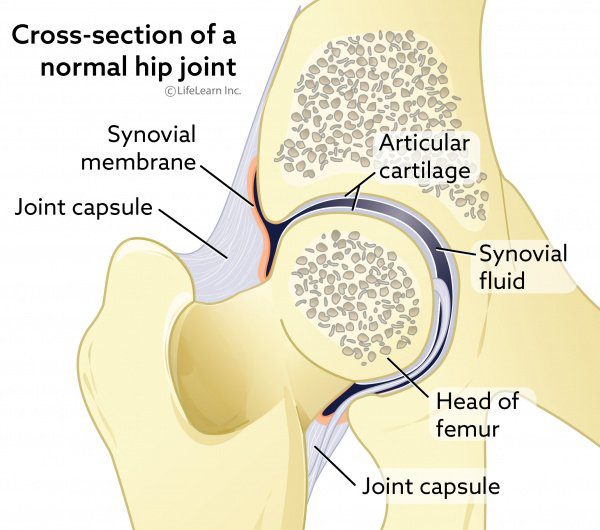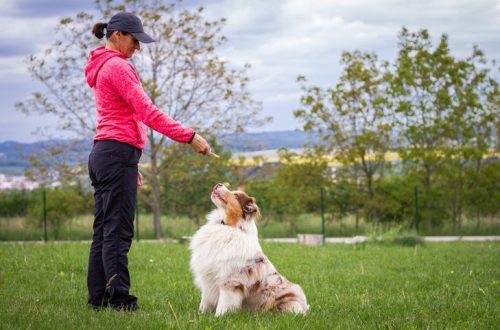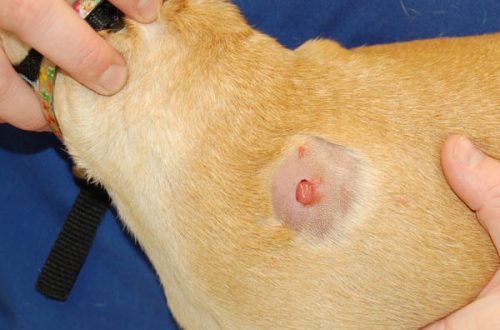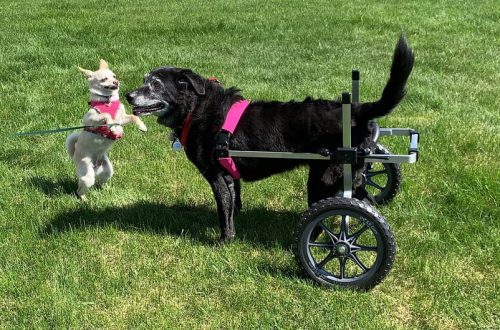
Articular dysplasia in dogs. What to do?
Dysplasia of the hip joint (HJ) or joints is an abnormal formation and development of the hip joint, which leads to impaired mobility in the joint and, as a result, to damage to parts of the joint and degenerative changes in the joint itself (arthrosis). The causes of hip dysplasia are numerous. Previously, it was thought that this disease is due only to genetic factors, but recently it has been found that environmental factors, such as nutrition, exercise, and the rapid and intensive growth of the puppy, have a certain influence on the occurrence of this disease. Thus, hip dysplasia is a multifactorial disease. It is often diagnosed in dogs of large and giant breeds: Newfoundlands, German Shepherds, Labradors, Golden Retrievers, Malamutes, Rottweilers.
Contents
Symptoms of hip dysplasia
The first symptoms of the disease may occur in young and growing dogs, as well as in adult animals. The main signs: lameness, fatigue, unwillingness to run and play, get up and climb stairs. You can also pay attention to the peculiar gait when the dog moves in jumps; she experiences pain in the hip joints, in some cases, atrophy of the muscles of the hind limbs is noticeable.
How to recognize the disease?
Diagnosis includes a general clinical examination, orthopedic examination and X-ray. The pictures are taken while the dog is under general anesthesia and in a certain position/stack. The veterinarian analyzes the obtained x-rays, measures the angles and calculates indices, assesses the condition of the femoral head and articular cavity, and then makes a conclusion about the presence or absence of the disease and the severity. Dogs with confirmed hip dysplasia are excluded from breeding because the disease is genetically determined.
Treatment
Depending on the severity of the disease, the severity of symptoms, the condition of the patient, and the presence or absence of degenerative changes in the joint, surgical or conservative treatment may be recommended. Most likely, the dog will need a special diet to maintain healthy joints and slow down the development of arthrosis, weight control, anti-inflammatory and pain therapy, physical therapy (swimming and water treadmills).
It is also important to limit certain types of physical activity: running, jumping, any activity on slippery surfaces, going up and down stairs, catching a ball.
Elbow dysplasia in dogs
This is a collective name for several pathologies of development and formation of the elbow joint. Dogs of large and giant breeds are predisposed, the disease is most often observed in labradors, rottweilers, german shepherds, chow chow Newfoundlands.
Symptoms of hip dysplasia
The first symptoms usually appear between 4 and 10 months of age and include lameness in one of the forelimbs, pain, accumulation of fluid in the joint cavity (enlargement of the joint area in volume), abduction of the affected limb, and limited mobility in the joint. If two elbow joints are affected, lameness may not be as noticeable.
In adult dogs with elbow dysplasia, symptoms are usually associated with degenerative joint damage.
How is it diagnosed?
Diagnosis requires general and orthopedic examinations, x-rays under general anesthesia in certain positions/positions.
Treatment
The treatment of this condition is complex, can be surgical or conservative, diet, weight control, limitation of physical activity are important, anti-inflammatory therapy and pain control are required for arthrosis. Dogs suffering from dysplasia of the elbow or both elbows should not be bred.





